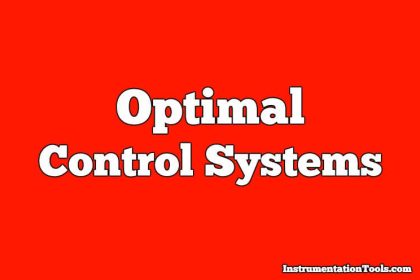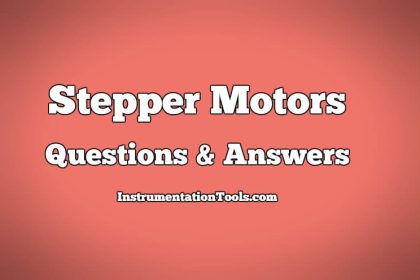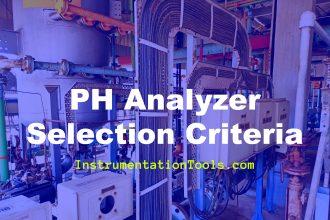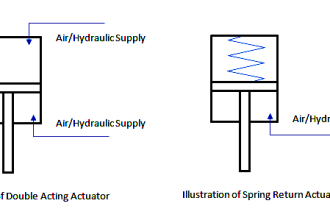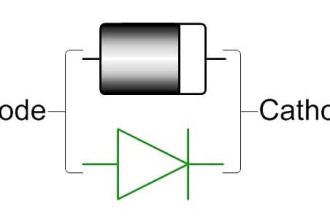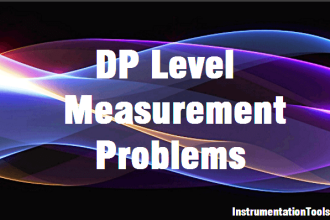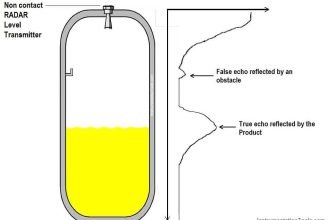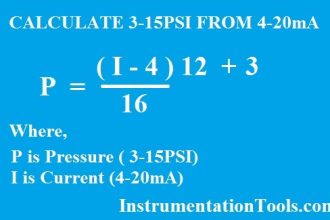Instrumentation for Electron Spectroscopy
1. A basic X-ray source includes which of the following components?
a) Large target anode
b) Large target cathode
c) Small target anode
d) Small target cathode
Answer: a
Explanation: A basic X-ray source includes a large target anode. It also has a heating element.
2. The anode is held at __________ positive potential and the filament is held at ____________ potential.
a) High, ground
b) Ground, high
c) Low, high
d) High, low
Answer: a
Explanation: The anode is held at high potential and the filament is held at ground potential. Electrons are accelerated from the filament.
3. Which of the following is one of the most commonly used anode material?
a) Carbon
b) Tungsten
c) Magnesium
d) Cesium
Answer: c
Explanation: Magnesium is one of the most commonly used anode material. Aluminium is also commonly used.
4. Which is the most intense line in the X-ray spectrum?
a) Kα1
b) Kα2
c) Kα12
d) Kα22
Answer: c
Explanation: Kα12 is the most intense line in the X-ray spectrum. Different lines have specific energies.
5. Which of the following must be used with the X-ray source to have high energy resolution?
a) Chopper
b) Vacuum chamber
c) Accelerator
d) Monochromator
Answer: d
Explanation: Monochromator must be used with the X-ray source to have high energy resolution. It will also remove the satellite lines.
6. Magnetic deflection energy analysers are effective than electrostatic types.
a) True
b) False
Answer: a
Explanation: Magnetic deflection energy analysers are effective than electrostatic types. It is less convenient to design and use.
7. Double-pass cylindrical mirror energy analyser has how many mirrors?
a) One
b) Two
b) Three
d) Four
Answer: b
Explanation: Double-pass cylindrical mirror energy analyser has two mirrors. It is commonly used in electron spectroscopy.
8. In spherical sector analyser, __________ is detected and plotted as a function of energy.
a) Mass
b) Charge
c) Number of electrons striking the detector
d) Mass to charge ratio
Answer: c
Explanation: In spherical sector analyser, number of electrons striking the detector is detected and plotted as a function of energy. It is detected for a constant potential.
9. Which of the following is the most commonly used detector in ESCA and AES?
a) Electron multiplier
b) Dynodes
c) Photovoltaic cell
d) Photomultiplier
Answer: a
Explanation: Electron multiplier is the most commonly used detectors in ESCA and AES. It is similar to photomultiplier.
10. Electron detector has a _______ doped glass tube with a secondary semiconducting coating.
a) Quartz
b) Silica
c) Lead
d) Cesium
Answer: c
Explanation: Electron detector has a lead doped glass tube with a secondary semiconducting coating. It has a high secondary electron shield.
11. The output of the multiplier is fed to which of the following immediately?
a) Pulse amplifier discriminator
b) DAC
c) ADC
d) Multichannel analyser
Answer: a
Explanation: The output of the multiplier is fed to pulse amplifier discriminator. It is then fed to a multichannel analyser.
12. Which of the following is the ideal vacuum for electron spectrometers?
a) 10-6 torr
b) 10-7 torr
c) 10-8 torr
d) 10-9 torr
Answer: a
Explanation: 10-6 torr is the ideal vacuum for electron spectrometers. Vacuum below 10-6torr can also be used.
13. Which of the following is the most commonly used magnetic shielding?
a) Helmholtz coils
b) Ferro-magnetic shielding
c) Faraday shield
d) Magnetometer probe
Answer: b
Explanation: Ferro-magnetic shielding is the most commonly used magnetic shielding. Helmholtz coil can be used as alternative.
14. Charging effect can be suppressed by supplying flood of electrons having which of the following?
a) Uniform low energy
b) Uniform low mass
c) Uniform high energy
d) Uniform high mass
Answer: a
Explanation: Charging effect can be suppressed by supplying flood of electrons having uniform low energy. It also results in attainment of additional useful information.
15. Synchroton radiation has several advantages over conventional radiation.
a) True
b) False
Answer: a
Explanation: Synchroton radiation has several advantages over conventional radiation. The resolution is very high.

